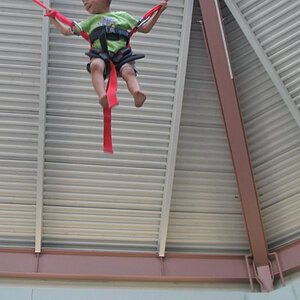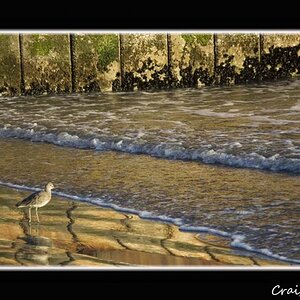cgipson1
TPF Noob!
- Joined
- Aug 18, 2011
- Messages
- 17,142
- Reaction score
- 4,350
- Can others edit my Photos
- Photos NOT OK to edit
I suppose that the starchy gluey part of oatmeal is colloidal, but oatmeal itself isn't evenly distributed.
Milk on the other hand....
Ok.. I can put milk in your oatmeal.. or even Cream if you prefer, Oh Master! but only raw, unprocessed sugar for you... nothing but the best!



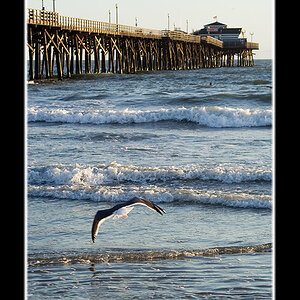

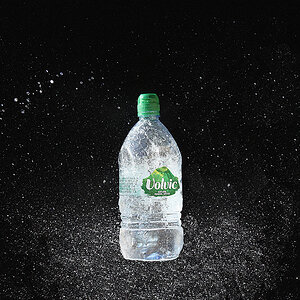

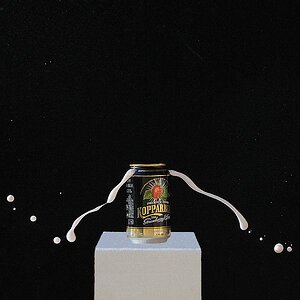
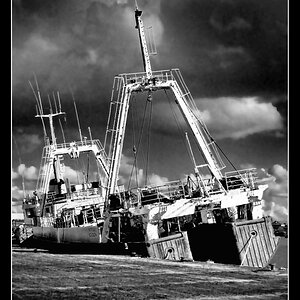
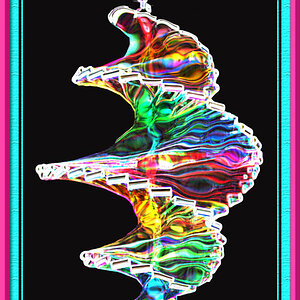
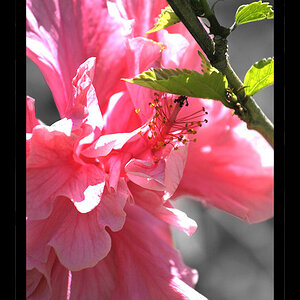
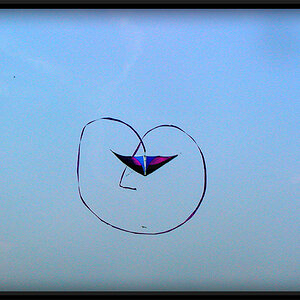
![[No title]](/data/xfmg/thumbnail/39/39497-93752210dd49247220721e5ac8c61245.jpg?1619739055)
